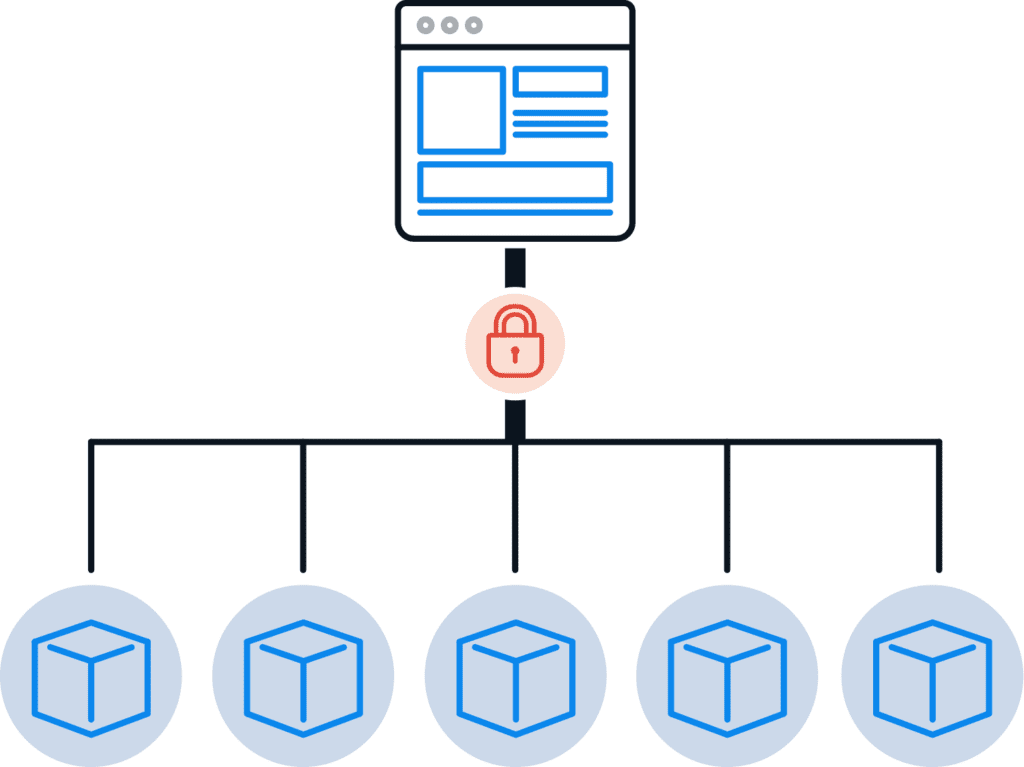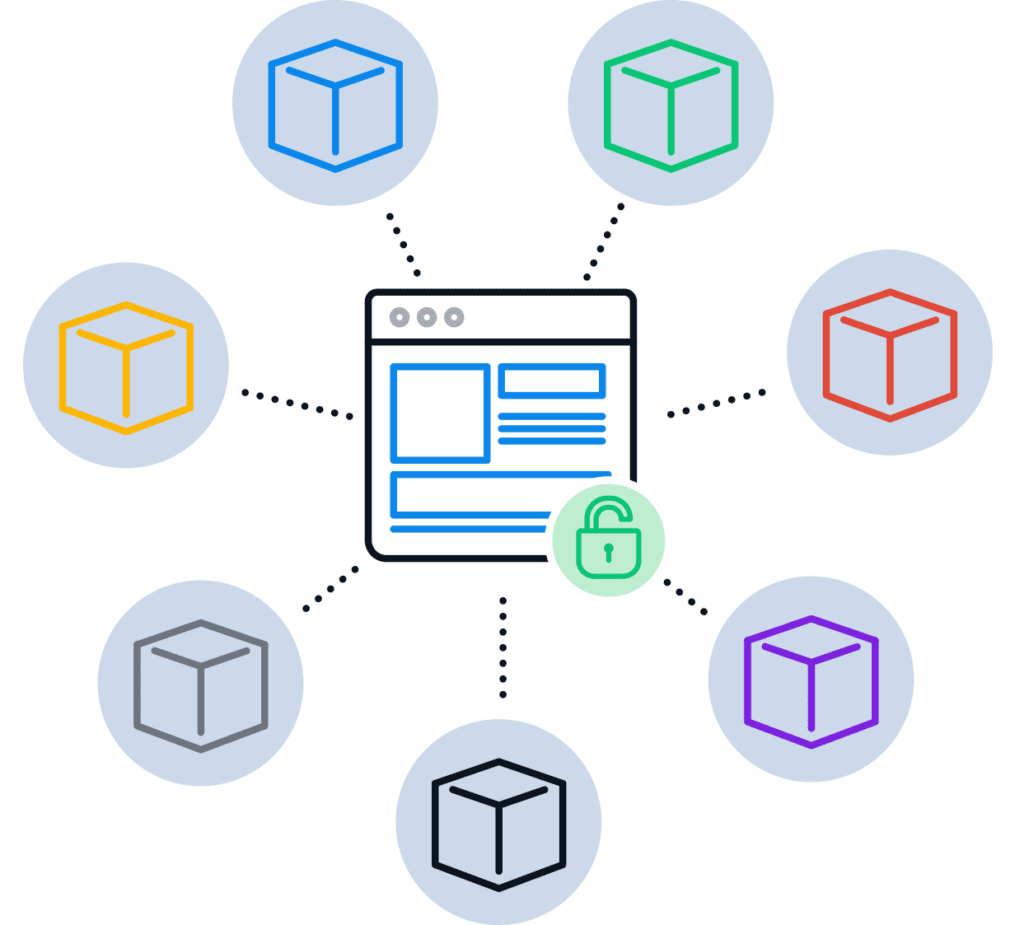How to Decide: Single-Stack or Best-In-Breed Solution
Proptech has taken a firm hold in the real estate industry with property operators and managers now deploying a wide range of technology tools to run their businesses. Having options is certainly good for operators in multifamily, vacation rental and commercial industries. But it can also lead to an overwhelming array of choices and “analysis paralysis.” One such decision many in these industries grapple with is whether to choose an expansive, all-in-one operational solution or to build your own technology stack of curated tools. These are often referred to as “single stack” and “best-in-breed” models, respectively. There are enthusiastic fans for both approaches. Let’s dive into the details, so you can more easily determine if a single-stack or best-in-breed model is right for your business.
Single Stack
Pros

One & Done
These all-in-one property management solutions offer several conveniences. They offer a platform that includes all features and functionality for customers within a single system or “stack.” The winning point here is that it’s much easier to learn and navigate just one platform. If you have lots of employees, this can be a game-changer. Plus, you’ll manage only one vendor (i.e., “one throat to choke”) versus wrangling several different vendors. The single-stack approach offers a single user interface and centralized data.
Cons
Questionable Functionality
An all-in-one property management solution can sometimes feature a quantity-over-quality approach. These solutions often provide a full complement of tools under one roof. But this broad approach often makes it challenging for a single-stack solution to focus deeply on innovation, optimal user experience and efficiency for each tool. And don’t be surprised if this collection of multiple tools has been acquired over many years, leading to “Mr. Potato Head” results with inferior integrations. So, while the overall number of features is plentiful, each individual tool may not be robust enough in functions to best support the way your business works.
Higher Cost
You’ll likely pay much more for a single-stack solution. You get access to the entire suite of tools, so these providers feel they can charge a steep premium, oftentimes with more extensive contracts and terms. Just beware that when you pay this premium, you may be paying for tools and features you either don’t need or won’t use. It’s a little like having a tricked-out Swiss Army knife, but you only ever use the tweezer tool.
Less Flexibility
With a single stack, your business is beholden to one provider, who holds all your data and probably had you sign a multi-year contract. If you discover new proptech tools down the road, your single-stack provider isn’t really incentivized to integrate these new tools into your solution. Those new tools are competition, after all! The simple truth is that all-in-one providers don’t prioritize integrations with other software providers, so you may miss out on innovations that could help your business operations.
Best-In-Breed

Pros
Robust Functionality
When you go the route of building a technology stack of best-in-breed tools, you feel confident each provider has invested significant resources into the depth and functionality of their respective platforms. You’ll typically find these are more robust solutions that go beyond the basics provided by single-stack solutions and offer highlight-worthy functionality.
Better Price-to-Value
Best-in-breed providers don’t charge the steep mark-up fees that single-stack solutions do. Because you’re only paying for tools you want and know you’ll use, you typically end up paying much less overall. Cutting the “fluff” included by many single-stack solutions saves money. Oftentimes, even when you add up each individual technology partner you may need, the total cost is still significantly more affordable than pricier single stacks.
Superior Integrations
The tools offered by best-in-breed providers are designed around an open API so they can easily become a complementary part of an overall tech stack. You’ll find the data and user interfaces are easier. In fact, many best-in-breed providers go above and beyond for their customers, working towards seamless connections with all their integrative partners.
Cons
More Research
Building an integrated stack of tools can be more complicated than working with an all-in-one provider. It’s up to you to research and vet several providers, as opposed to one. Additionally, once you pick your tools, you’ll then have to continue to coordinate with several vendors.
Flexibility Is Best for Your Business
There’s no one that knows your business operations and workflows better than you and your staff. Weighing the pros and cons of a single-stack versus a best-in-breed solution is a great first step. Is the one-stop solution with a higher price better for your team and operations? Or do you need the quality and innovation that comes with an integrated stack of superior, hand-picked tools?
Whether you choose a single-stack or best-in-breed solution, there’s one important caveat to remember: Flexibility is really important in an ever-changing business environment. Unlike the single stack, many of the best-in-breed solutions are flexible due to their open APIs. This allows them to develop true integrations, i.e., the kind that seamlessly sync with each other eliminating any manual input or switching between systems.

For example, RemoteLock is currently integrated with Rent Manager, a property management software, with other similar integrations coming soon. With RemoteLock + Rent Manager, lease-related details from Rent Manager are synchronized with RemoteLock, so access codes for residents are automatically created for a leased unit and its associated doors or revoked for a unit that’s become vacant. The same sync happens when there are service issues in Rent Manager, so access is automatically granted or revoked for everyone turning over an apartment unit. Users just continue to use the same Rent Manager platform they’re used to, while RemoteLock works behind the scenes.
If you find best–in-breed solutions that offer such seamless integrations, you can get the best of both worlds: the convenience of an all-in-one property management solution with superior functions from best-in-breed tools.

RemoteLock
Automated Access Control and More
RemoteLock has been automating access control and improving on-site property operations efficiencies across multiple industries, including vacation rental and multifamily, for more than ten years. As a leading access-centered property operations software platform provider with more than 10,000 customers in 75+ countries, RemoteLock helps property managers enable, control, and automate access and climate control across their portfolio. RemoteLock’s platform saves property managers time and money through the elimination of tasks for onsite staff and helps scale businesses with greater confidence. It is differentiated by its dozens of integrations with applicable hardware and business software systems for an easy-to-use, turn-key solution.
